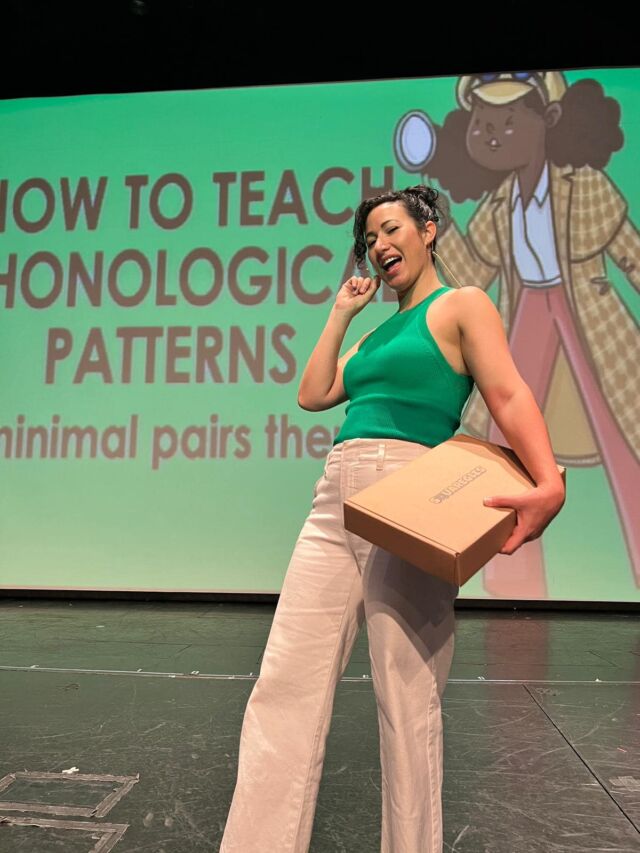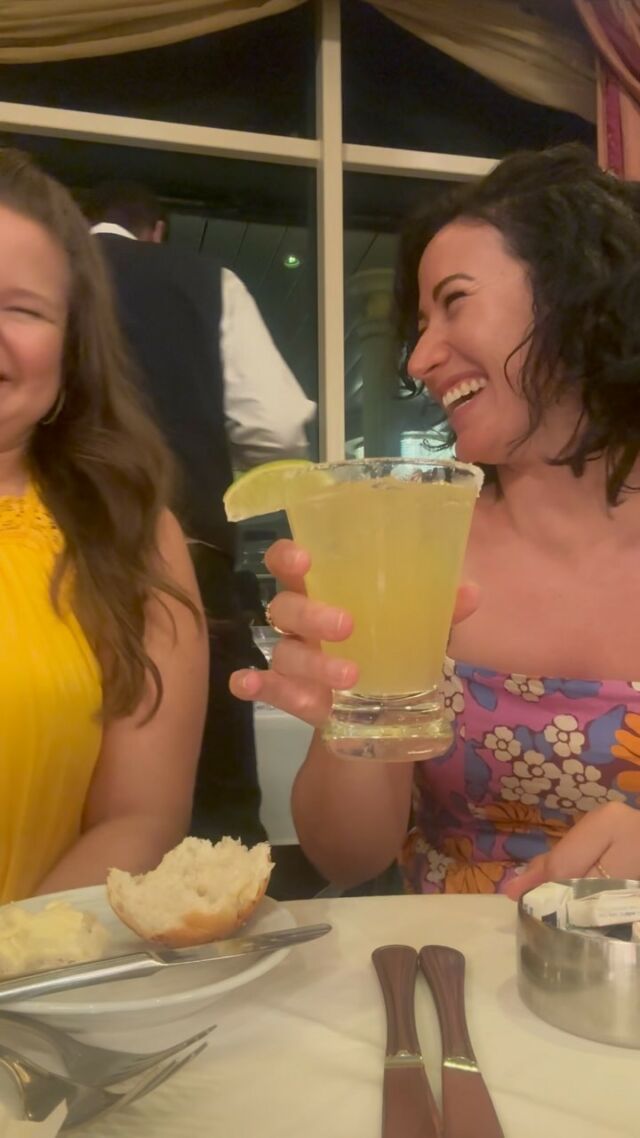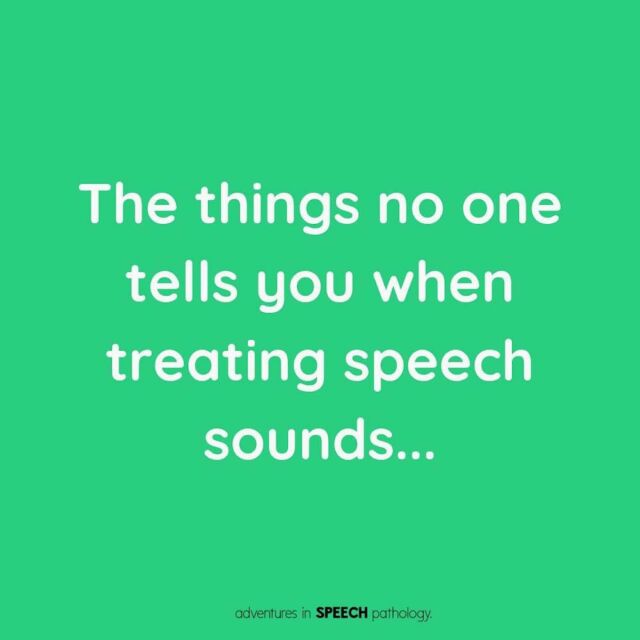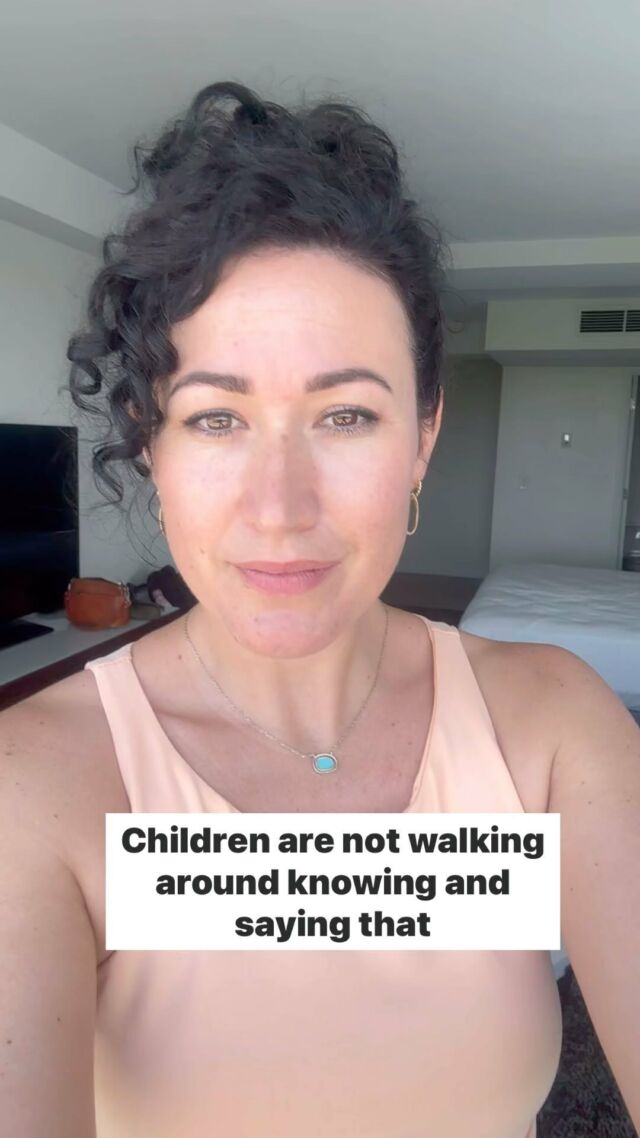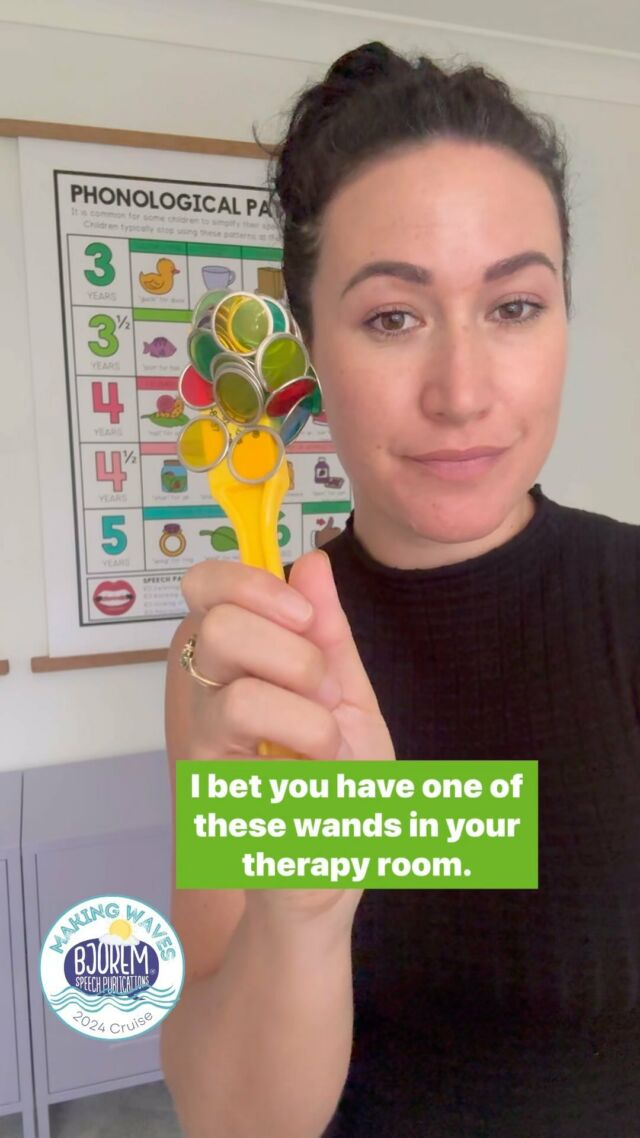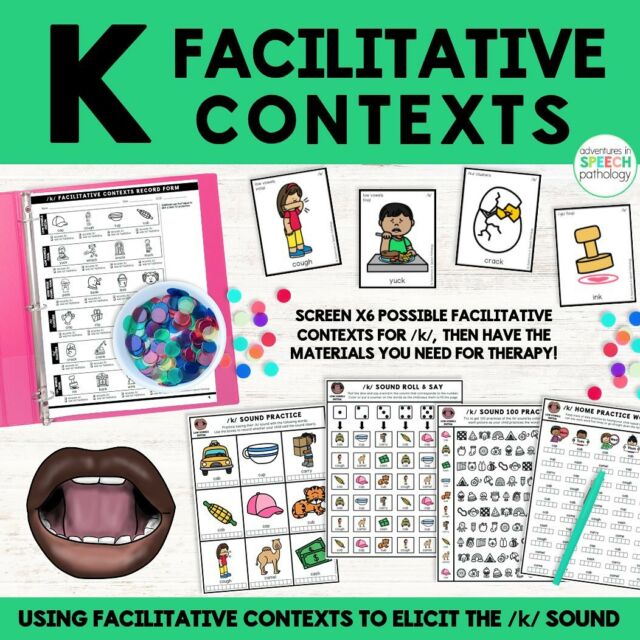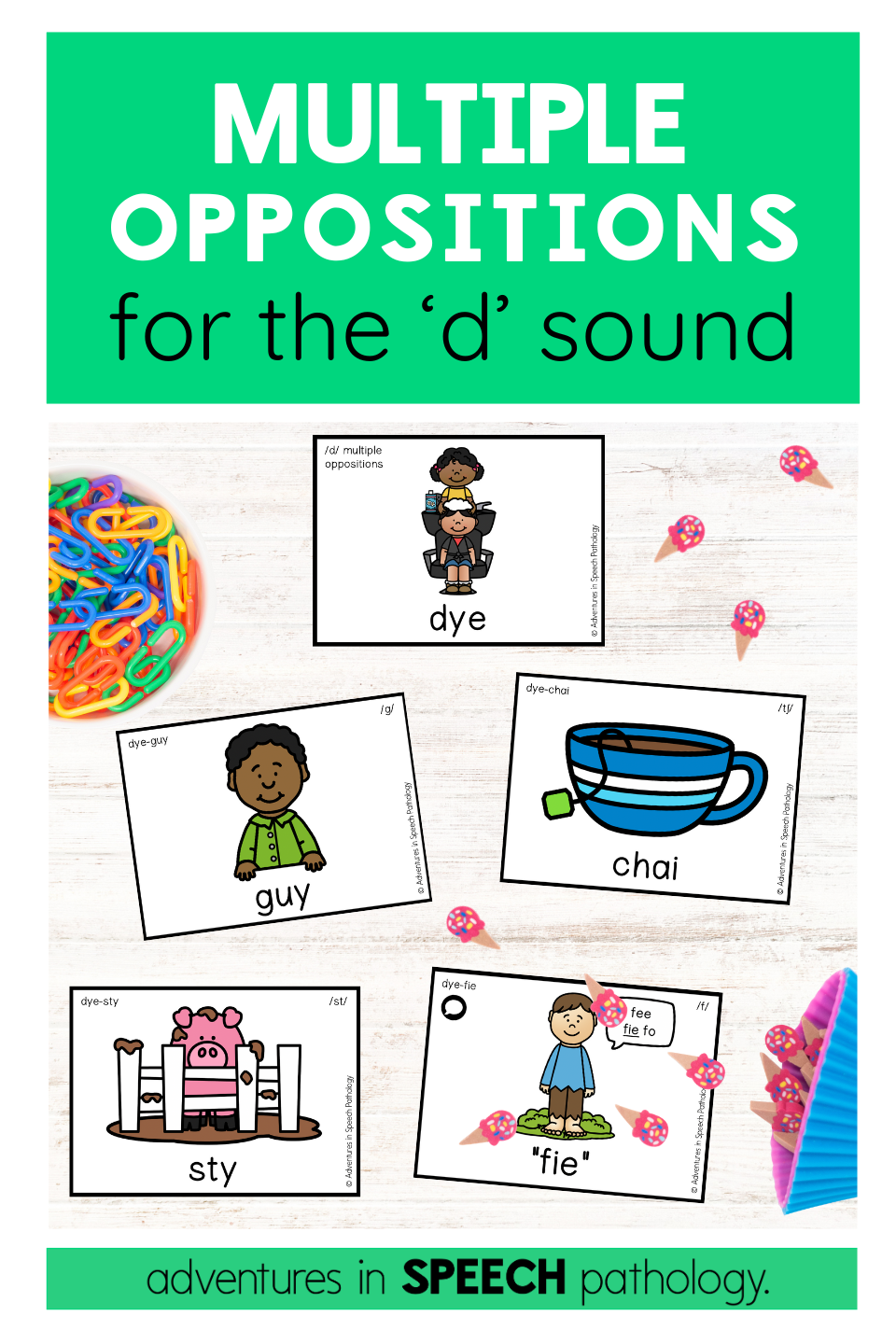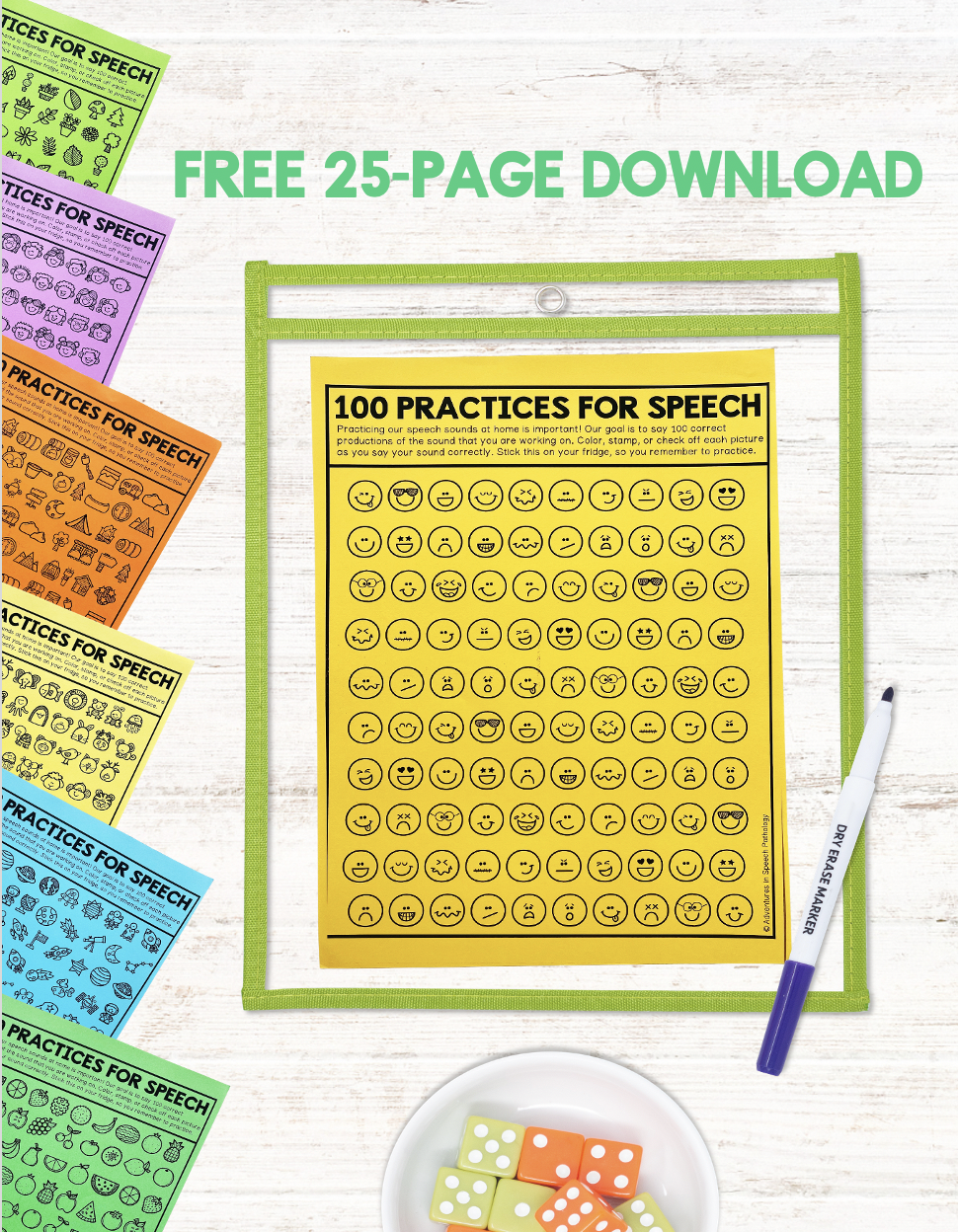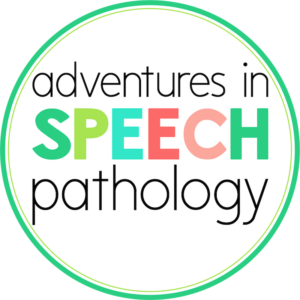When I trained to become a speech-language pathologist, the Complexity Approach was never even mentioned in my speech sound disorders course.
So when I learned about the theory and the principles, namely that we target complex structures (think 3-element clusters), often later developing or non-stimulable sounds… I’ll be honest, I had my doubts.
But here’s the thing: there is strong and continually growing evidence on the effectiveness of using the complexity approach to treat children with phonological impairments.
So even if it “feels” counterintuitive to practice something really hard, the evidence shows that carefully selecting AND prioritizing complex targets (e.g., “fl” or “str”) can facilitate or trigger a greater system-wide change in both complex AND less complex sounds and structures.
In simple speech therapy terms: sounds and structures you have not targeted or worked on can “come through on their own” because we have triggered this change!
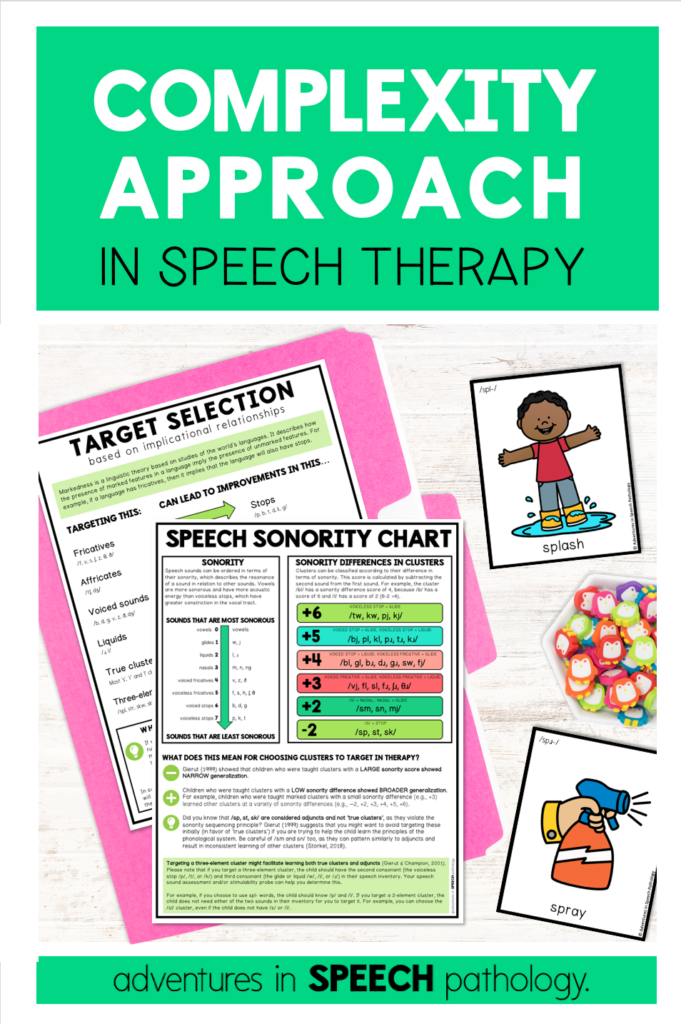
Tips from my therapy room
- I generally target one or two complex clusters in a block of therapy (approx. ten weeks). I have seen significant changes and increases in intelligibility in clusters that I did not teach “appear” on their own. This means less time in therapy for these children!!
- I generally choose this approach for children with more resilience and perseverance. Remember, not all children are ready to tackle something that is hard! Signs that this approach may not be best suited for your child include: refusal to copy words or participate in therapy, saying, “this is too hard” or “I can’t do it” over a number of sessions, withdrawing from consecutive sessions.
- You will still likely have to provide many cues (e.g., placement cues, metaphors etc.) at the start of therapy to help the child learn a new, complex consonant cluster.
- It is important to reassess the child’s speech after your block of therapy to determine whether the consonant cluster you chose triggered the changes we predicted. I personally use a consonant cluster probe for this task.
- Remember that other phonological interventions might be better suited to your student (e.g., minimal pairs, multiple oppositions, cycles approach) and that you should have a “backup plan” if this approach is not suited to your student.
Learn more
If you want to learn HOW to select your treatment targets for this approach, I would suggest the following open access article:
Storkel, H. L (2018) The Complexity Approach to Phonological Treatment: How to Select Treatment Targets. Language, Speech & Hearing Services in Schools, 49, 463-481. https://pubs.asha.org/doi/10.1044/2017_LSHSS-17-0082
Once you feel confident and are ready to implement the complexity approach in your therapy sessions, Adventures in Speech Pathology has a Complexity Approach resource containing:
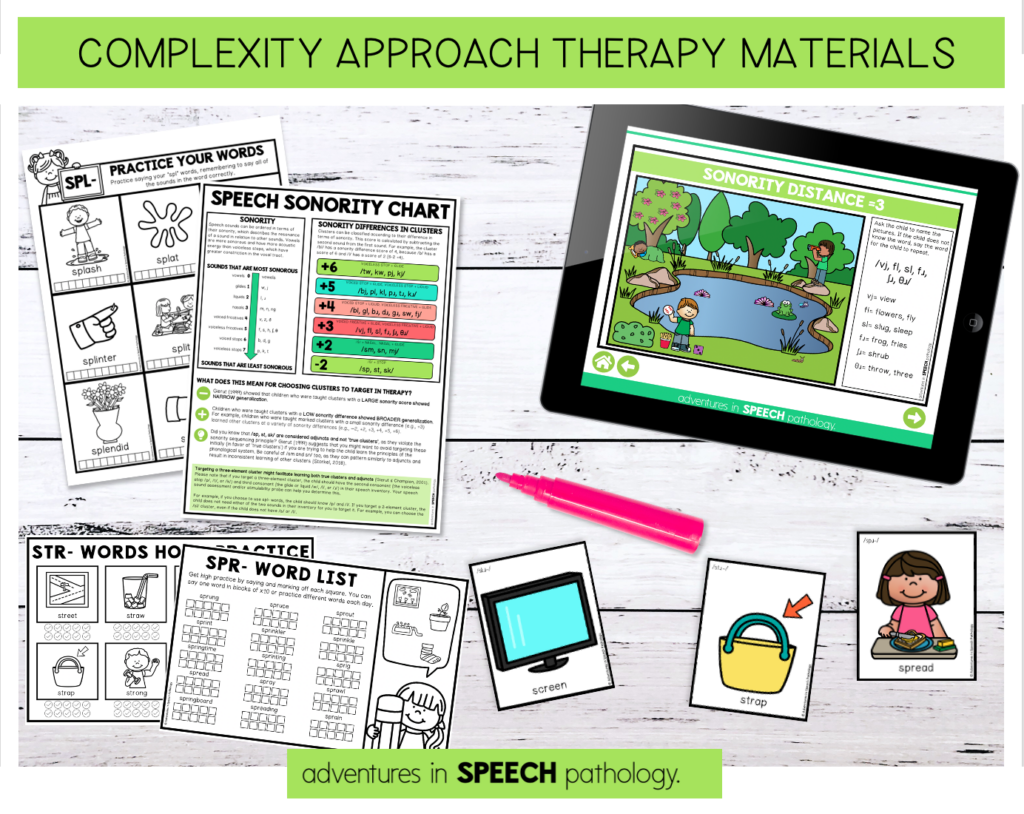
- > Target selection chart sheet
- > Speech sonority chart
- > Therapy steps to help you feel more confident
- > Consonant Cluster Probe + record form to support your assessment
- > Flashcards covering 10 clusters (3-element: skr, spr, str, spl and skw and 2-element: fl, fr, sl, shr and thr)
- > Printable homework sheets for all sounds
What SLPs are saying:


